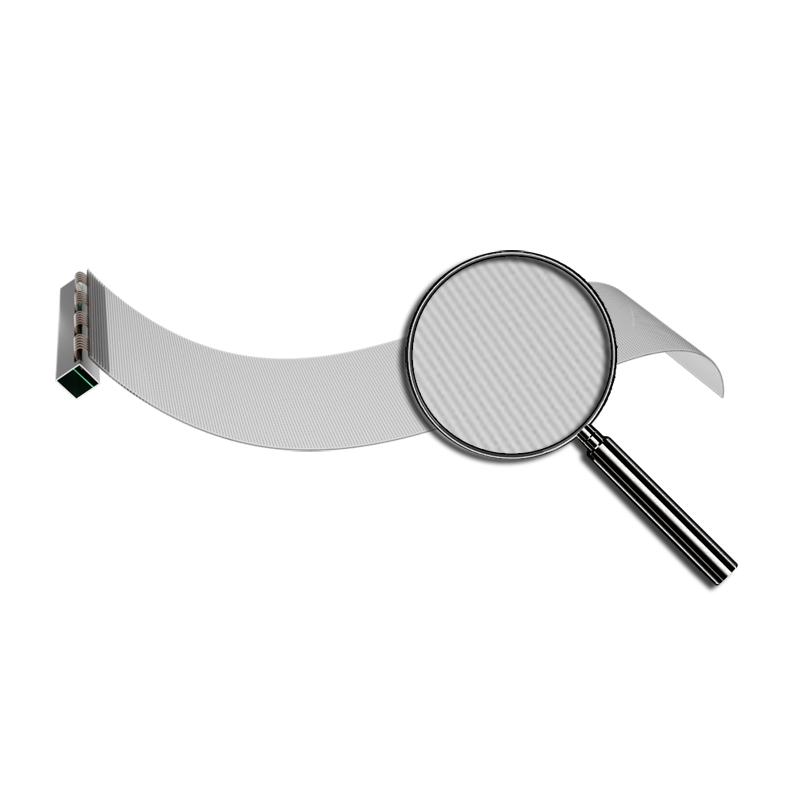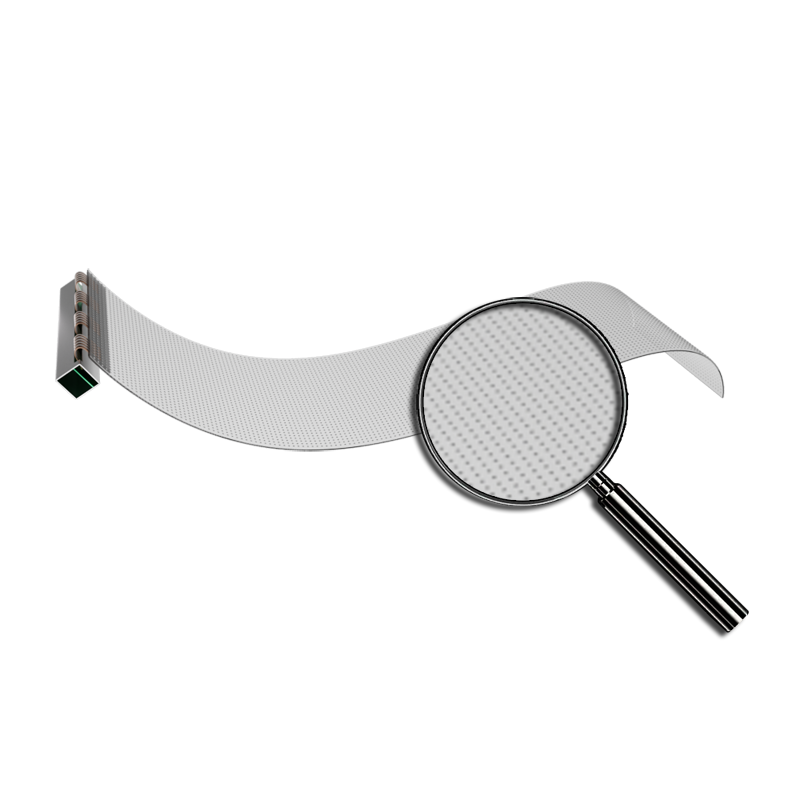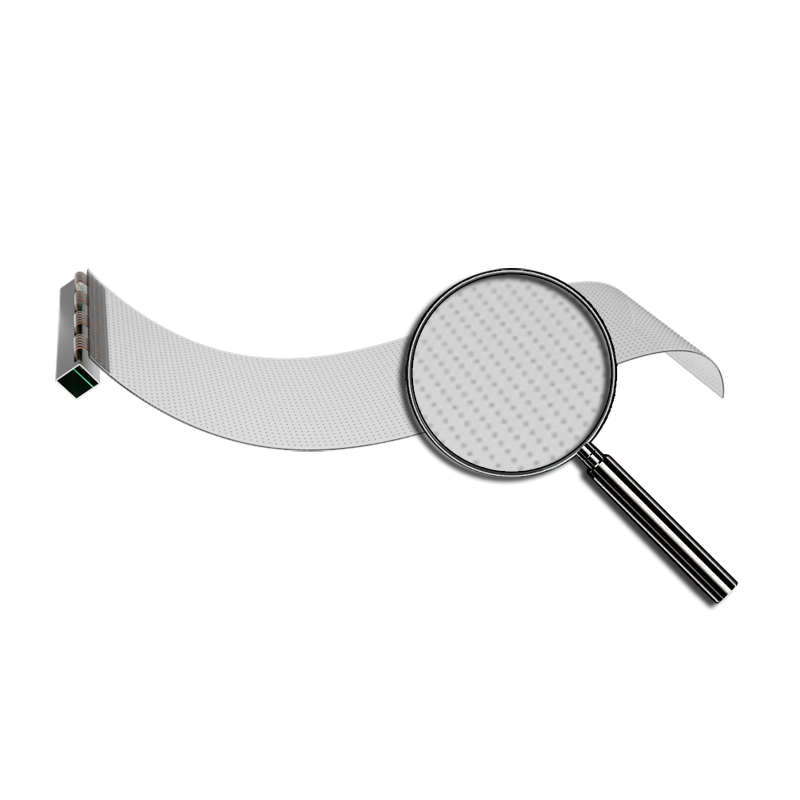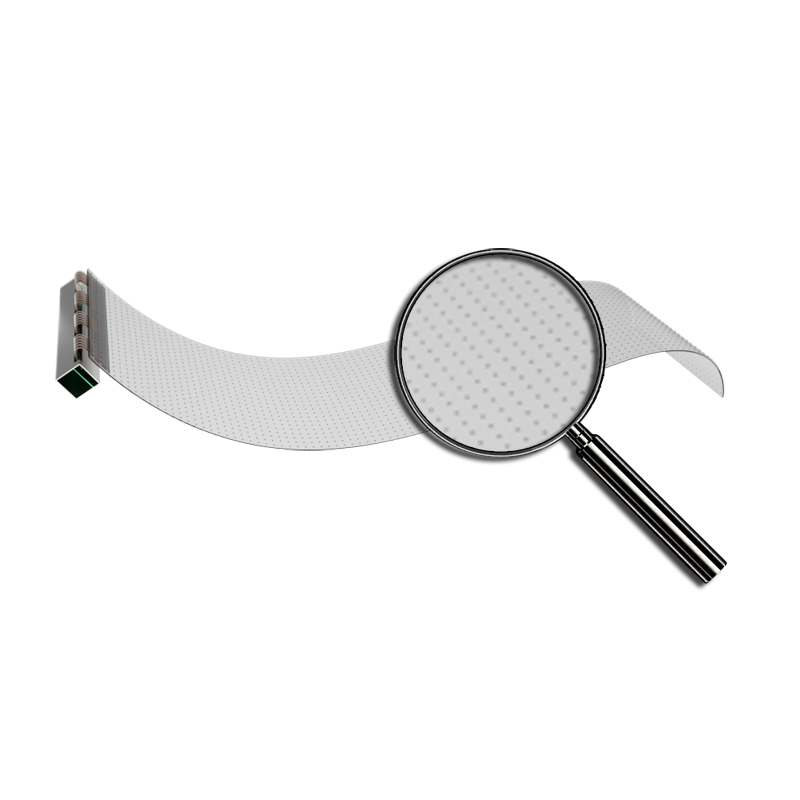The traditional outdoor advertising market is becoming saturated, and scenes such as glass curtain walls, glass display windows, and indoor glass guardrails are all areas that traditional display screens cannot reach.
In these new fields, LED transparent film screens have a first mover advantage.
Today, Shenzhen Weineng Semiconductor Technology Co., Ltd. will take a look at the new advantages of LED transparent film screens with you.
Firstly, LED transparent film screens have high transparency. Its transparency is as high as 70% -95%, which does not affect indoor and outdoor lighting, allowing you to enjoy the scenery outside while watching the screen. This not only makes the viewing experience more comfortable, but also makes the lighting of the building more natural.
Secondly, the installation of LED transparent film screens is very convenient. It can be directly attached to the glass curtain wall without changing the building structure, greatly reducing the difficulty and cost of installation.
At the same time, it also supports arbitrary cropping and can be customized according to the shape of the glass curtain wall, making the screen perfectly integrated with the building.
Furthermore, LED transparent film screens have curved display capabilities. It can be attached to curved building curtain walls to achieve curved display, making advertising forms more diverse and eye-catching.
In addition, the display effect of LED transparent film screens is excellent. It has high definition, no blind spots, no color deviation, and can present excellent advertising and artistic effects.
Finally, LED transparent film screens have the characteristics of long lifespan and low maintenance costs. Its heat dissipation performance is very good, improving the photoelectric conversion efficiency, reducing the failure rate of the display screen, making the screen have a longer lifespan and lower maintenance costs.
Overall, the new advantages of LED transparent film screens have made them an important development direction for future display technology. It not only makes advertising more vivid, flexible, and transparent, but also makes buildings more intelligent and environmentally friendly.































